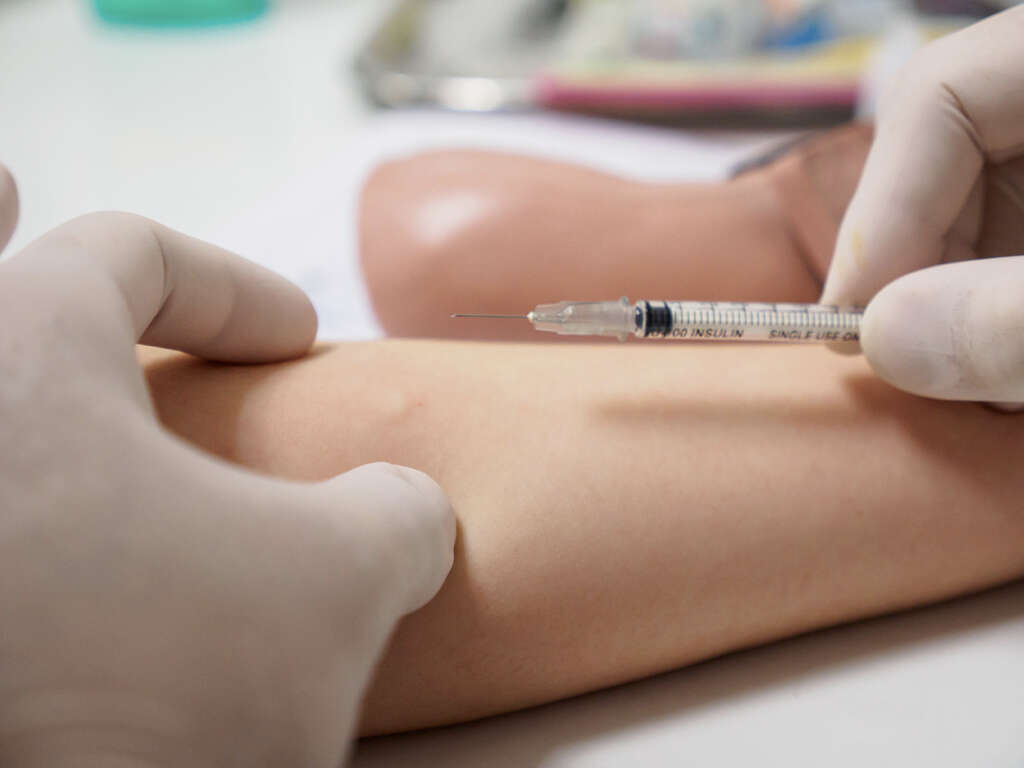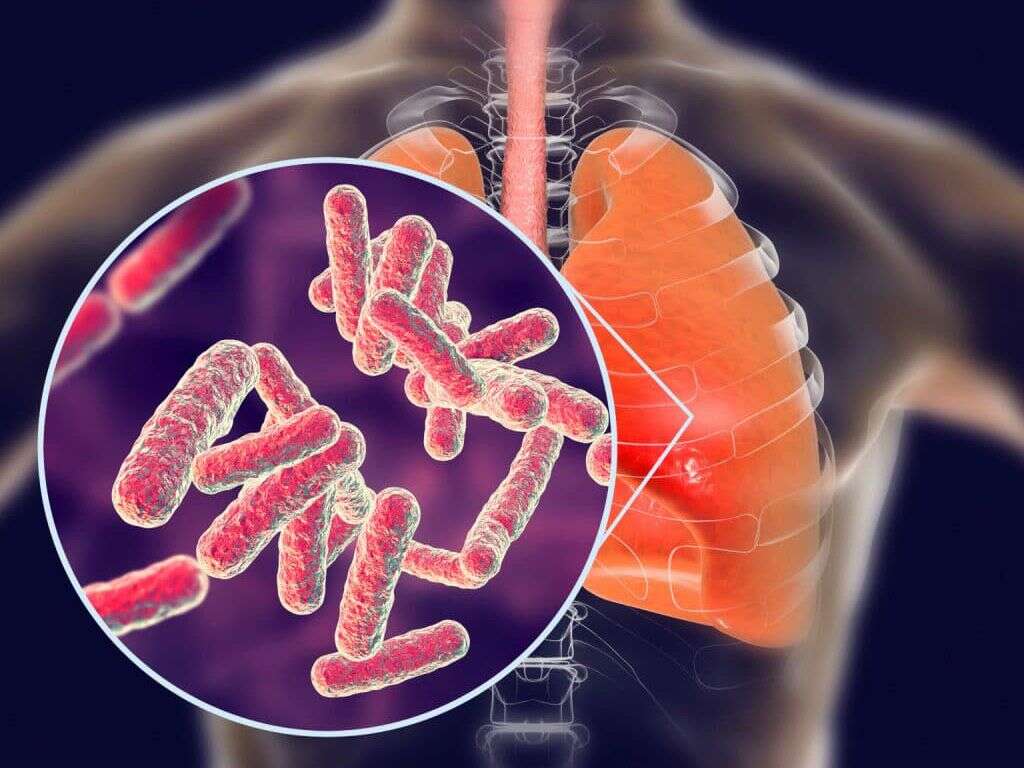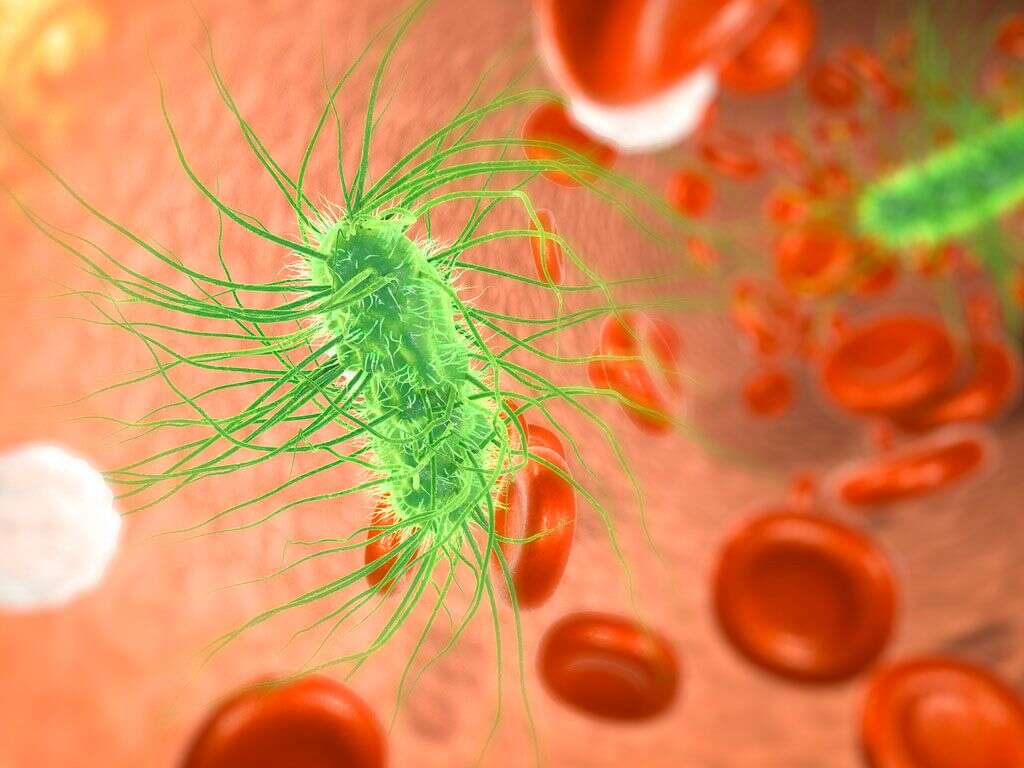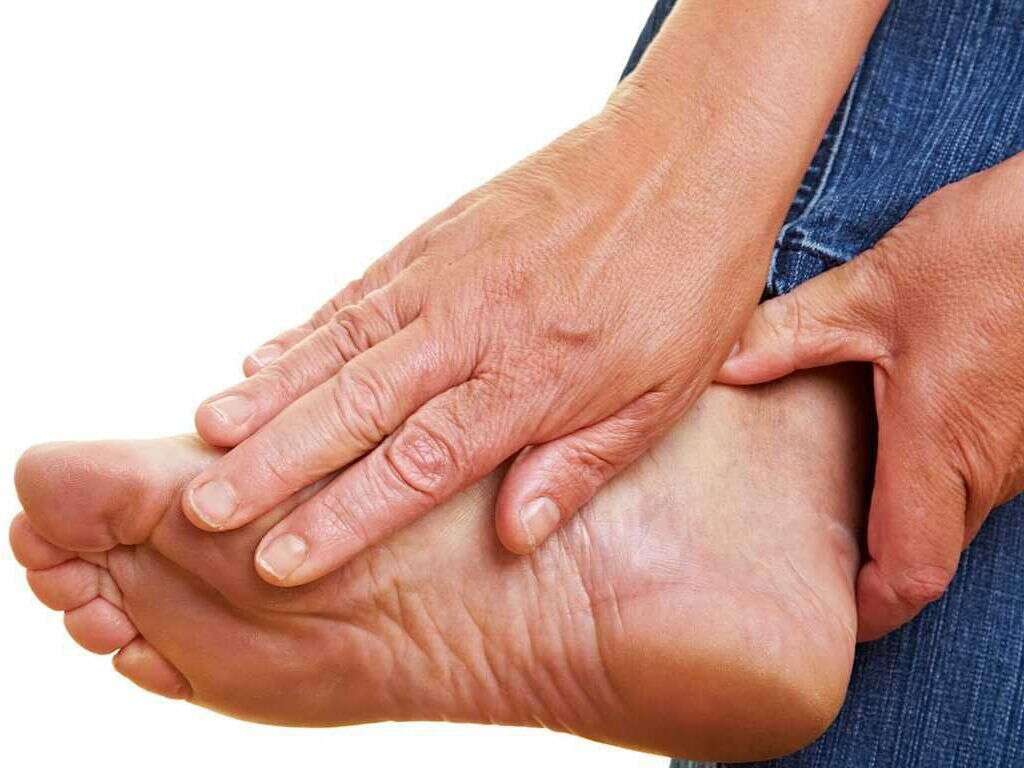What Is Gas Gangrene?
When a part of the body experiences a lack of blood flow or a serious bacterial infection, it can result in the decay and death of the bodily tissue. This phenomenon is known as gangrene. Though internal organs and muscles can develop gangrene, it most commonly affects the extremities, such as the fingers, toes and limbs.
When an infection develops within the body, such as in an organ or muscle, Clostridial myonecrosis, or “gas gangrene,” may develop. Gas gangrene occurs when the bacteria Clostridium releases dangerous toxins within the body at a rapid rate. This gas can wreak havoc on the body and, if not treated quickly, can be deadly.
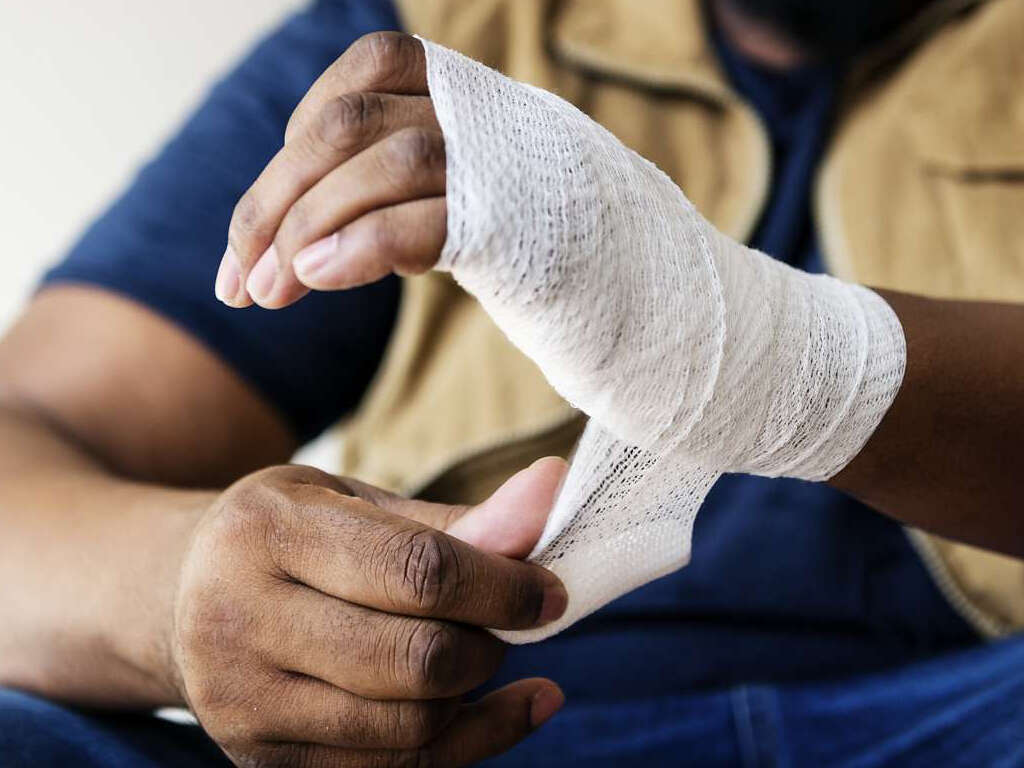
1. What Causes Gas Gangrene?
Gas gangrene occurs when trauma deep inside the body becomes infected and produces the bacteria called clostridia. This bacterium releases dangerous toxins that can spread quickly and wreak havoc on the internal organs. In rare cases, gas gangrene can be caused by a group of A Streptococcus bacteria.
Typically, gas gangrene develops at the site of recent trauma, such as an injury or surgical site. However, in rare cases, it occurs suddenly and without any known trigger. In these latter types of instances, it is believed that an underlying disease causes the disease. Clostridium is found nearly everywhere in the body, making it particularly dangerous.
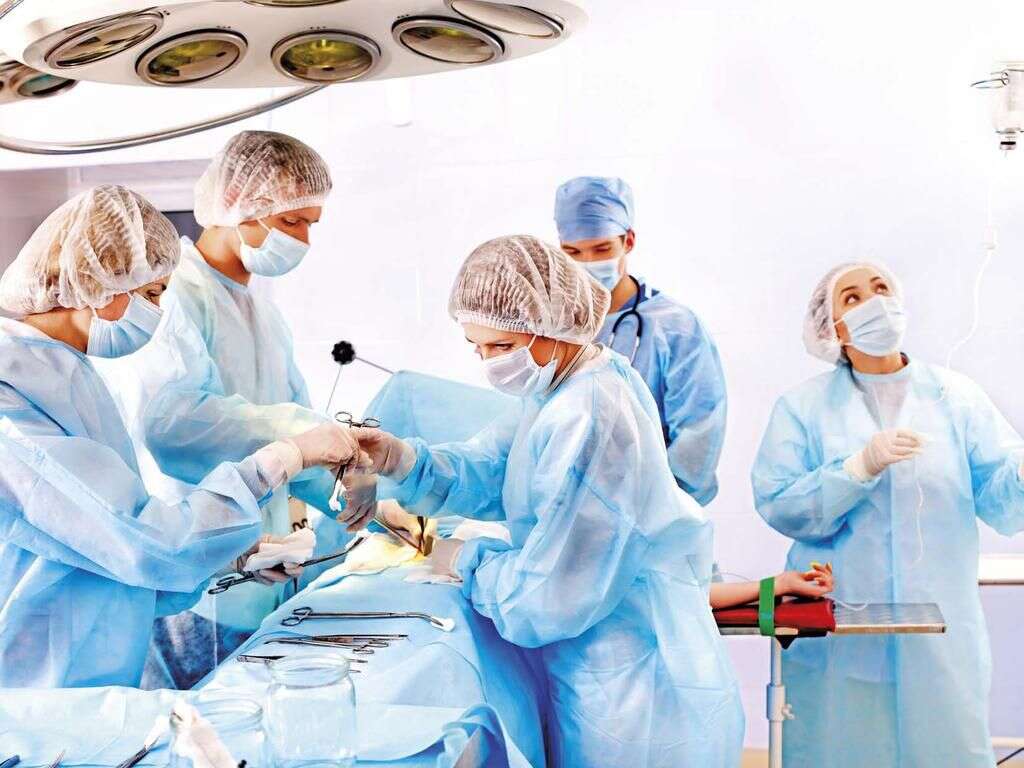
2. What Types of Injuries Cause Gas Gangrene?
While any injury can result in the onset of gas gangrene, some injuries are more high risk than others. Injuries that are high risk are those that are severe and deep, that occur to the muscle tissue, that contain already dead or crushed tissue, or that become contaminated with stool, dirt or decaying vegetable matter.
Surgical wounds are the most likely type of wound to result in gas gangrene. In fact, it is rare for the condition to develop without surgery being involved. Types of operations that are most likely to trigger gas gangrene are those that involve the gallbladder and colon.

3. What Are the Risk Factors for Gas Gangrene?
Aside from individuals who sustain deep wounds and/or undergo surgery, individuals who live with certain chronic medical conditions are more likely to contract gas gangrene than others. Conditions that affect a person’s blood flow increase his or her odds of contracting gas gangrene and other types of gangrene.
There are several chronic and common conditions that restrict blood flow. Those include diabetes, obesity, peripheral artery disease, Raynaud’s phenomenon and narrowed arteries. Individuals who smoke, sustain serious trauma or frostbite to a limb or who live with weakened immune systems are also at risk.
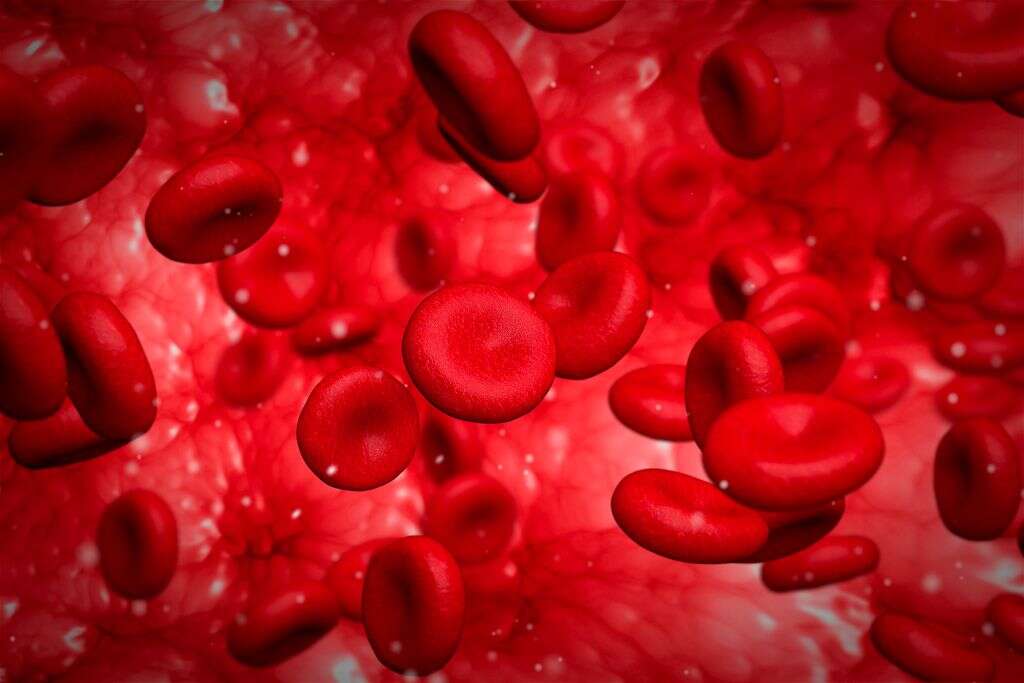
4. What Are the Symptoms of Gas Gangrene?
Gas gangrene occurs suddenly and spreads rapidly. Often, symptoms are noticeable at skin-level within just a few minutes of the site becoming infected. Pain at the site of the wound is typically the first symptom, followed by swelling and fluid buildup. From there, the symptoms grow rapidly worse.
Increased heart rate, rapid breathing, paleness, excessive sweating, vomiting and fever are the next symptoms. Next, the skin will turn gray, purple, dark red or black. Gas pockets will develop beneath the skin, and there may be a foul-smelling discharge. Late-stage symptoms include jaundice, dangerously low blood pressure, coma, kidney failure and death.
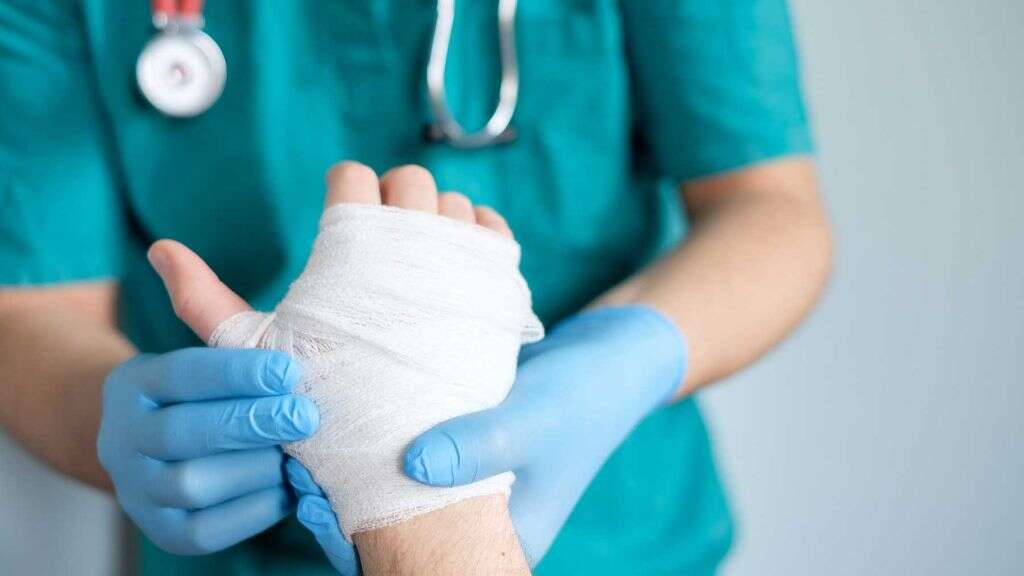
5. How Is Gas Gangrene Diagnosed?
If a person develops the early-stage symptoms of gas gangrene, such as pain at the site of a wound and fluid buildup, it is imperative that he or she sees a doctor right away for diagnosis and treatment. A doctor will perform a physical examination and take a culture from the wound’s fluids. Exploratory surgery may be necessary to get a tissue sample.
In most cases, a physical exam is all that is necessary to diagnose gas gangrene. However, to confirm the presence of clostridia, a doctor may order X-rays, a CT scan or an MRI to check for dead muscle tissues. He or she may also send the fluids from the wounds to a lab for further testing.

6. How Is Gas Gangrene Treated?
Gas gangrene is treated with antibiotics first, followed by surgery, oxygen therapy and possible amputation. Antibiotic therapy, which entails administering the medication intravenously, is the first course of treatment. If antibiotics fail to work, a surgeon may need to go in and remove the dead or infected tissue.
Once the dead tissue is gone, a doctor may try to repair the blood vessels to boost blood flow. A skin graft may be necessary to restore damaged tissue. Some hospitals use oxygen therapy to boost the rate at which infected wounds heal. In more severe cases, amputation of the infected limb is necessary.

7. Can Gas Gangrene Be Prevented?
In almost all cases, gas gangrene can be prevented. On the patient’s end, proper hygiene can go a long way toward preventing infection. Properly cleaning and covering an open wound with a bandage is the first line of defense. If signs of infection arise, the injured individual should seek medical care right away.
Hospitals and doctors should also practice good hygiene. Following surgery, the doctor or nurses should thoroughly clean the wound. The surgical team should also ensure that no foreign objects remain within the body before closing the incision. Before, during and after surgery, a medical team should administer antibiotics intravenously.

8. Can Lifestyle Changes Help Prevent Gangrene?
While making certain lifestyle changes does not necessarily prevent gas gangrene, it can reduce a person’s risk of developing it. In addition to practicing proper hygiene when addressing wounds, individuals can better manage existing health conditions, such as atrial disease and diabetes.
Smoking increases a person’s risk of developing gas gangrene. As a result, quitting smoking and avoiding tobacco products can lower a person’s risk. So, too, can maintaining a proper weight; eating plenty of lean proteins, whole grains and veggies; and exercising regularly.
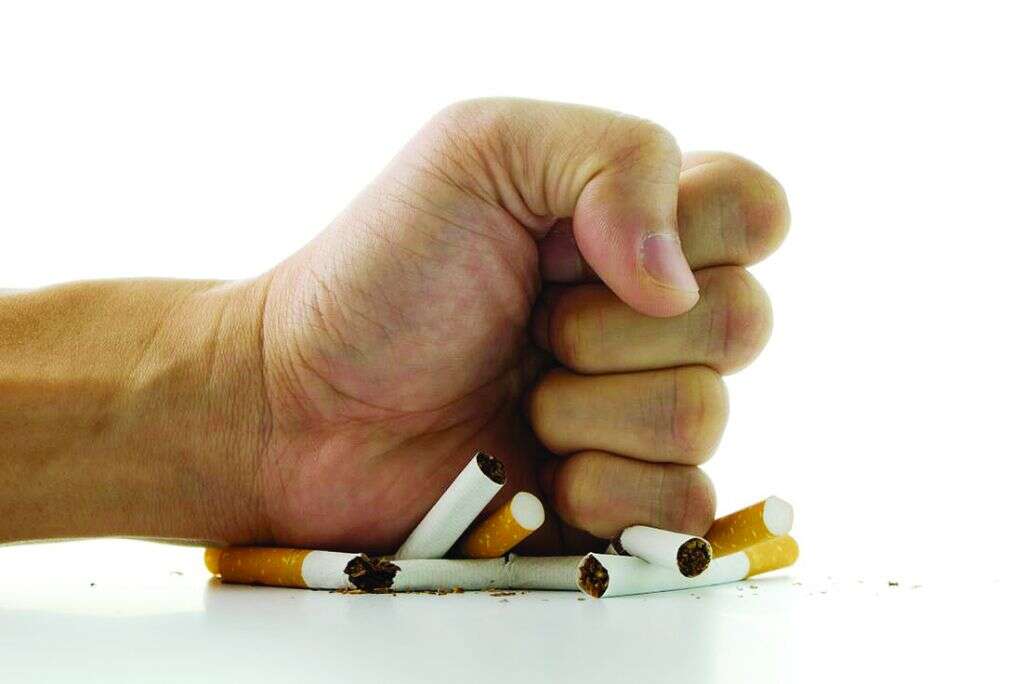
9. What Is the Outlook for Gas Gangrene?
Gas gangrene is a very serious and quickly progressing condition that, if not treated right away, can become fatal. That said, if infected individuals receive treatment immediately after developing symptoms, medical teams may be able to prevent the worst possible outcomes.
Depending on a person’s overall health, the site of the infection and the severity of infection, complications may develop even with immediate medical attention. Complications include kidney failure, liver damage, jaundice, permanent tissue damage, coma, widespread infection, shock and death.
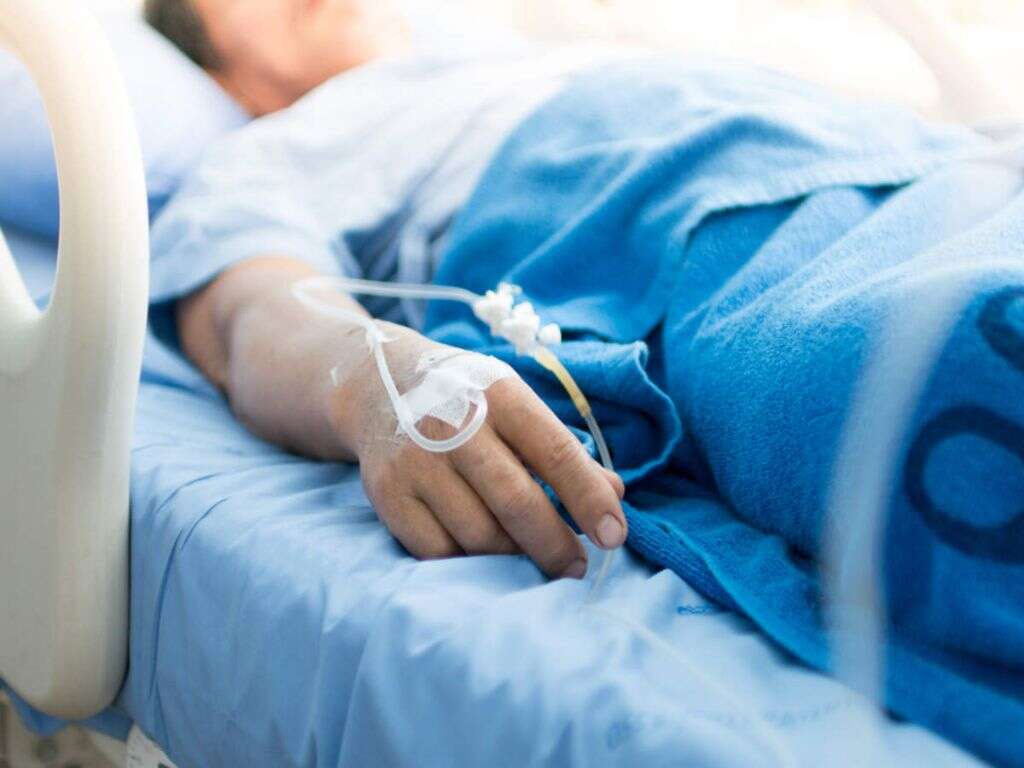
10. When Is It Time to Call the Doctor?
If a person develops symptoms of gas gangrene, it is a matter of life or death that he or she seeks medical attention right away. In fact, if signs of infection develop at any site of a wound, no matter the cause, the best course of action would be to visit the ER.
Once symptoms of gas gangrene develop, shock, kidney failure, liver damage, coma and death can all occur within a matter of hours. Complications can occur so quickly that most doctors begin treatment even before performing diagnostic tests.
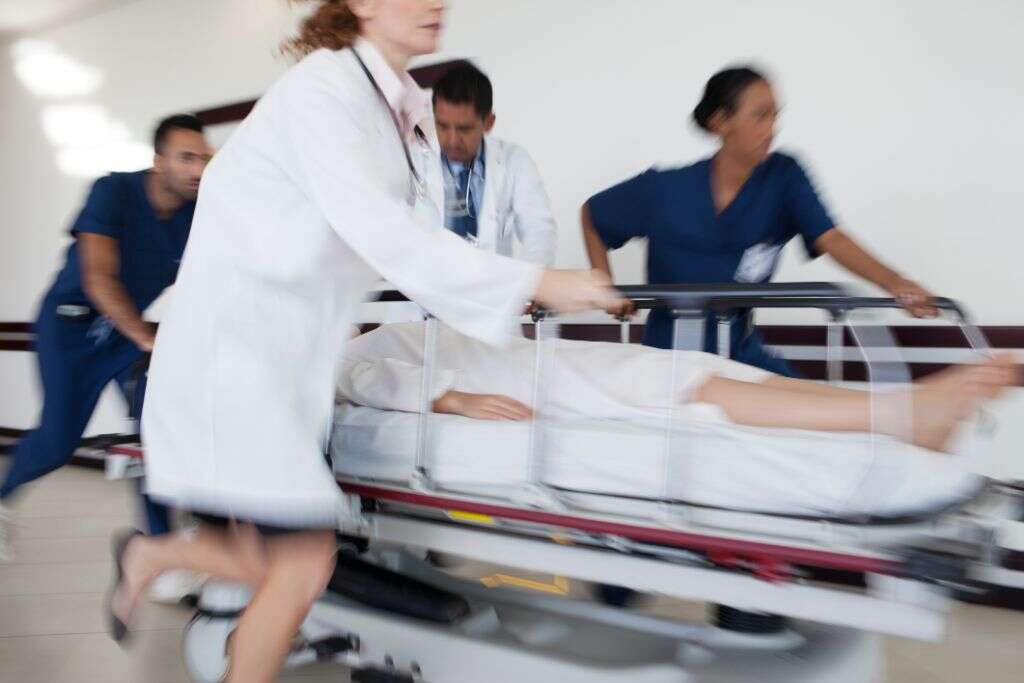




-06.jpg)

